Pu Yi 'betrayed' the Forbidden City, revealing the secret of the eunuchs' struggle, more notorious than the movies?

3 | 0 Discuss | Share
The old photos reveal the unexpected beauty of the beauties of the Qing Dynasty, from the talented ladies to prostitutes and even ordinary women, which exudes attractive dignity, it turns out that movies have never deceived us.
The photograph was taken in the Suzhou area in 1905. The two women in the photo look very beautiful and confident when taking the photo. Judging from the instruments in their hands, they are definitely two artists specializing in accompaniment. Their makeup and clothes are relatively sophisticated. They are performing in some high-end entertainment venues, and their daily income can be relatively high.
The photo was taken in 1889. The woman lying on the bed is the wife of a landowner. Through the photo, it can be seen that her skin is very well cared for. In an era when there were no skin care products, she was really considered a beauty with such a beautiful face.
This is probably not the first time the girl has taken a photo in front of the photographer's lens, her actions are very natural and calm, and she also coordinates very well with the photographer by posing very well. From her small legs, it can be concluded that she is Han Chinese.
The girls in Suzhou and Hangzhou are indeed wonderful beauties. The photograph captures this beautiful woman taken in Hangzhou in 1910.
This woman's face looks very liberal. She has a small and delicate figure. Judging from the jewelry on her head and the fan on her hand, this girl must be an unmarried lady, coming from a wealthy family.
The Manchurian woman in this photo looks like an actress. It can be seen that this Manchu woman belongs to the powerful class. She dresses luxuriously and has a finely crafted pipe on the tea table next to her. At the end of the Qing Dynasty, smoking (including opium) became the entertainment of many wealthy people.
At the end of the Qing Dynasty, there was no shortage of beauties. Although this beauty is a little older, through the photo we can still see her charming and attractive demeanor.
The person standing on the left of the photo is a famous beauty away from Wang Man Tong in the Qing Dynasty. She is the cousin of Queen Uyen Dung. At the age of 9, she entered the palace to attend a wedding and fell in love with Emperor Pu Yi. Unfortunately, she gave her heart to a man who never belonged to her, despite her best efforts, she still couldn't impress the other person.
The photograph shows a woman in the late Qing Dynasty and the early Republic of China. The woman wore a cheongsam, which looked very beautiful and fashionable at that time. With this beauty, in modern times, she would be very famous.
Although the girl in the photo is not gorgeously dressed, her clothes do not hide her delicate beauty. Judging by her outfit, she is probably a member of a wealthy family.
During the Qing Dynasty, there were many aristocratic women who were very beautiful since childhood. This is a young woman holding an umbrella standing in an alley, through the photo, it can be imagined that when she grows up, she will definitely be a beauty.
The Qing Dynasty, also known as the Manchu Qing, was the last feudal dynasty in Chinese history. Old photographs taken at this time are always valuable documents that give us a more realistic view of this dynasty, different from the scenes often seen in famous movies.
In particular, there was once a photo of 3 Qing Dynasty girls that attracted the attention of many people. Although the 3 girls are the same age, through the way they dress, it is possible to guess that their identities are markedly different.
The girl in the middle sat on a chair, clean clothes, a gentle face with many exquisite jewelry on her body, making many people affirm that this is the lady of a noble family. In particular, what attracts people's attention is the "lotus heel" foot is tightly tied in small shoes. This is a symbol of the beauty and nobility of Chinese women in the ancient feudal society.
In addition, the girl standing on the right side of the photo is probably the first class dentist - the closest dentist and in a higher position. Because this little girl has shoes on her feet and wears some jewelry on her body.
In the end, the girl standing on the left may be the one with the lowest status when she is completely barefoot and has no jewelry attached, and her clothes are also cloth with a rather rough and wrinkled material.
The tiny feet due to the tight restraint of ancient Chinese women were called by beautiful names such as "lotus heel" or "lily heel". They believe that being tied will make a woman walk unsteadily, like lotus branches swaying in the wind.
The custom of binding feet in China has almost become a tradition of the country's women throughout the feudal era. Many people believe that this custom has partly reflected the social concepts and prejudices of the ancient Chinese.
In order to get small tight legs "three-inch lotus heels", the ancient woman had to suffer for a long time. The mother or grandmother in the family will start binding the legs of their daughter and granddaughter when the child is 2-5 years old - the time when the foot bones are not fully developed.
First, the girls' feet were soaked in warm water mixed with herbs and animal blood. After that, the people who bind the feet will gently massage the feet and then use strong force to bend the toes down, pressing on the soles of the feet. The arch bone of the foot was broken, and then the whole foot was wrapped tightly in a cloth bandage. The bandage will be removed periodically for washing and massage. However, in subsequent times, the girls' legs will be even tighter.
Not only that, the ancients also hit the soles of the girls' feet hard, shattering the bones. When the cloth was wrapped, the girl was forced to walk on the floor so that she could be further deformed. After 2 years, the foot will remain in shape for the rest of its life.
According to many documents, the first person to initiate the custom of binding feet was a concubine in the Southern Tang Dynasty (937 - 975). It was the dance with the silk-wrapped table of the other concubine that captivated the emperor and made the other concubines start to follow suit. Gradually, this custom spread to many regions in China, to the point that a girl who does not have a table will be abused.
Rare photos of the Qing Dynasty: Revealing the life of kings, the shocking photo of the concubine who abandoned Pu Yi 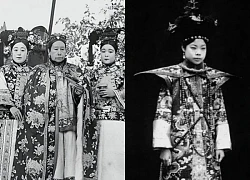 Hướng Dương16:35:18 23/03/2025Rare photos have been released revealing the life of Empress Dowager Cixi and Emperor Puyi in the final days of the feudal era in the Forbidden City. There are many things that future generations did not expect.
Hướng Dương16:35:18 23/03/2025Rare photos have been released revealing the life of Empress Dowager Cixi and Emperor Puyi in the final days of the feudal era in the Forbidden City. There are many things that future generations did not expect.

3 | 0 Discuss | Share
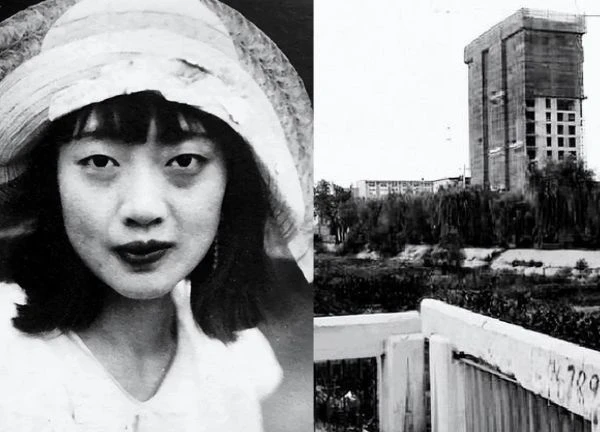
4 | 0 Discuss | Share
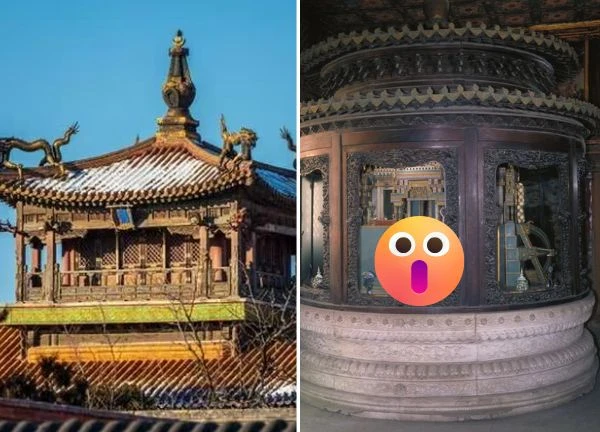
4 | 0 Discuss | Share
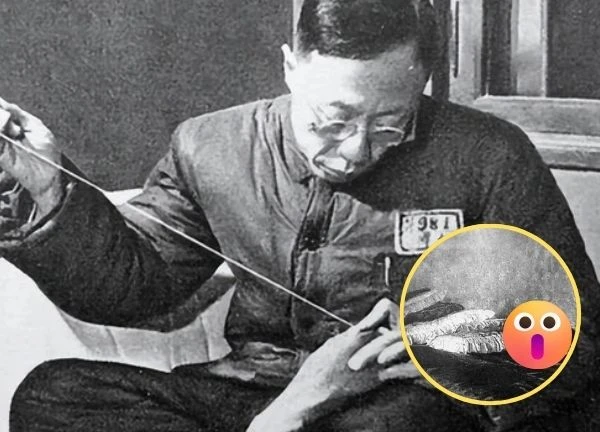
5 | 0 Discuss | Share
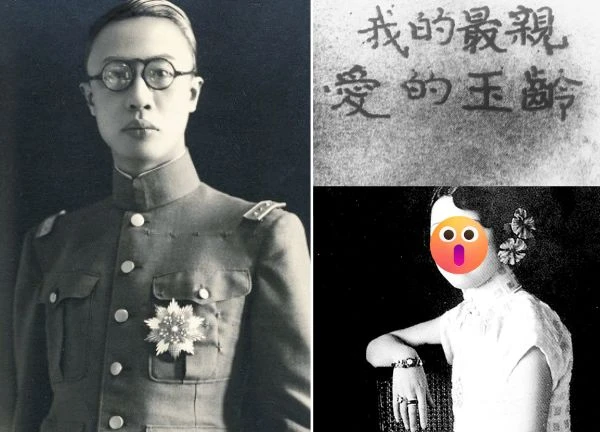
2 | 0 Discuss | Share
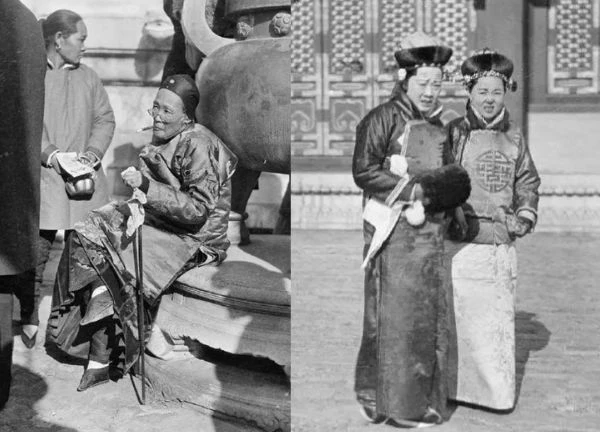
5 | 0 Discuss | Share
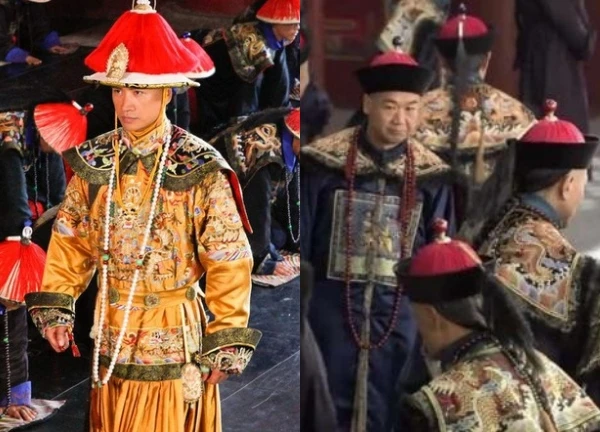
3 | 0 Discuss | Share
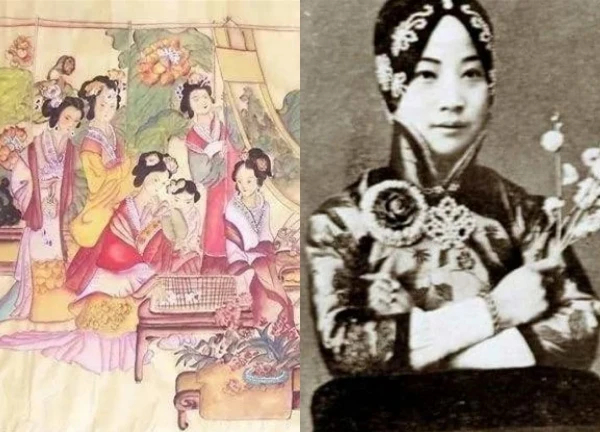
2 | 1 Discuss | Share
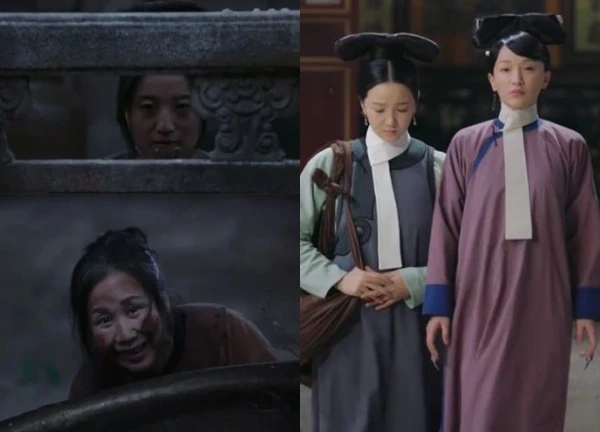
5 | 1 Discuss | Share
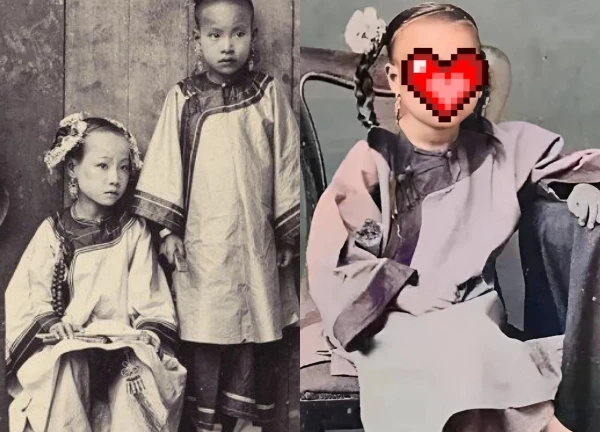
1 | 1 Discuss | Share
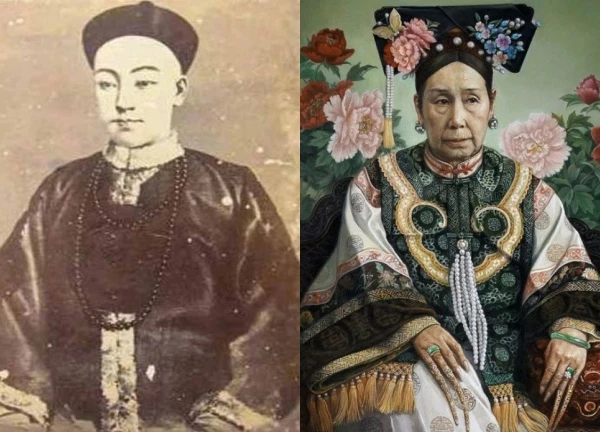
1 | 1 Discuss | Share

1 | 1 Discuss | Share










1 | 0 Discuss | Report